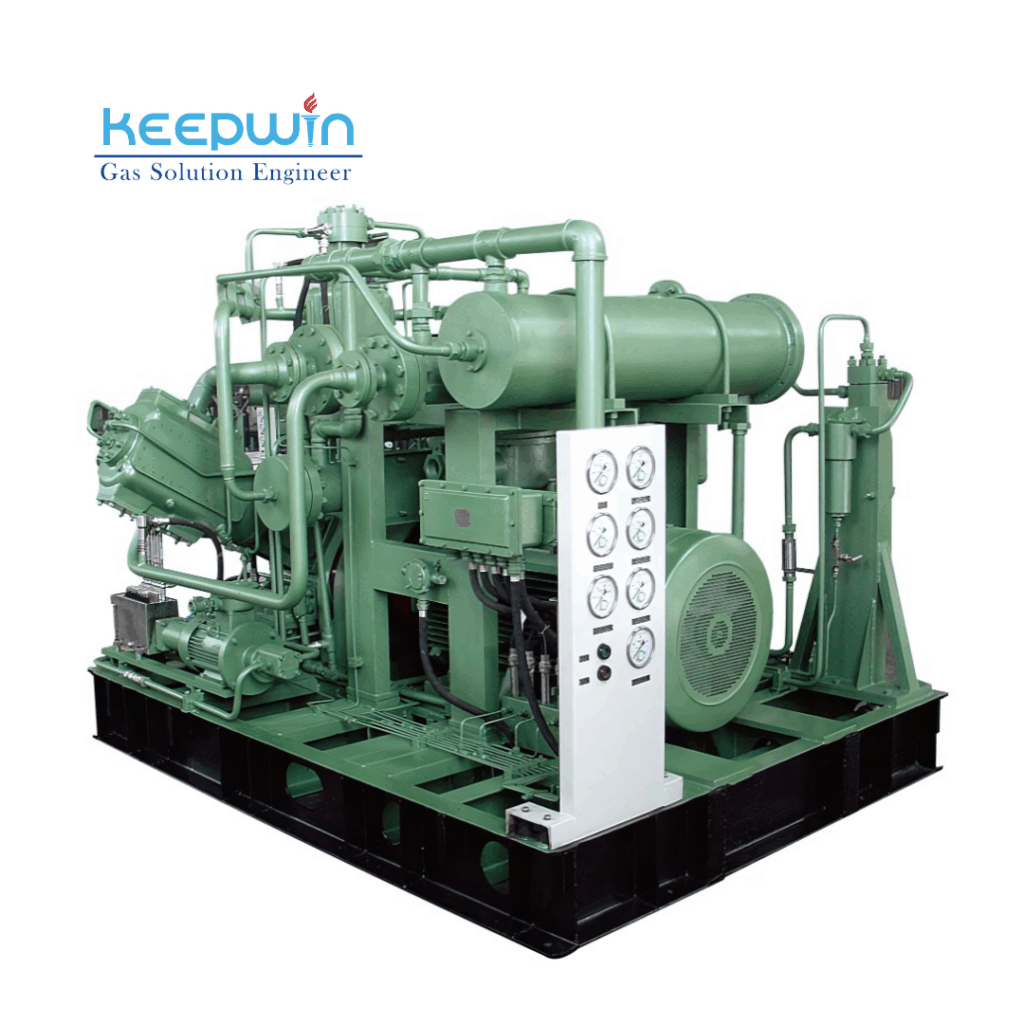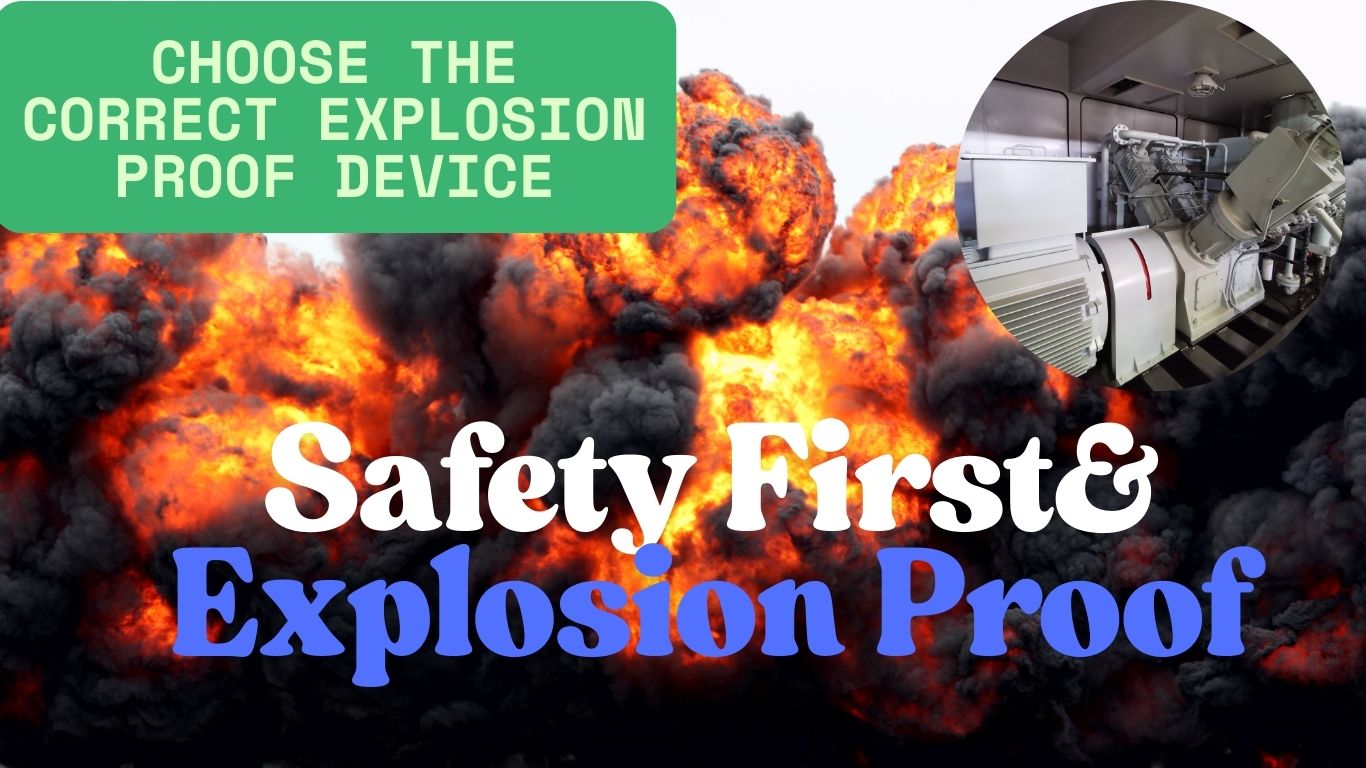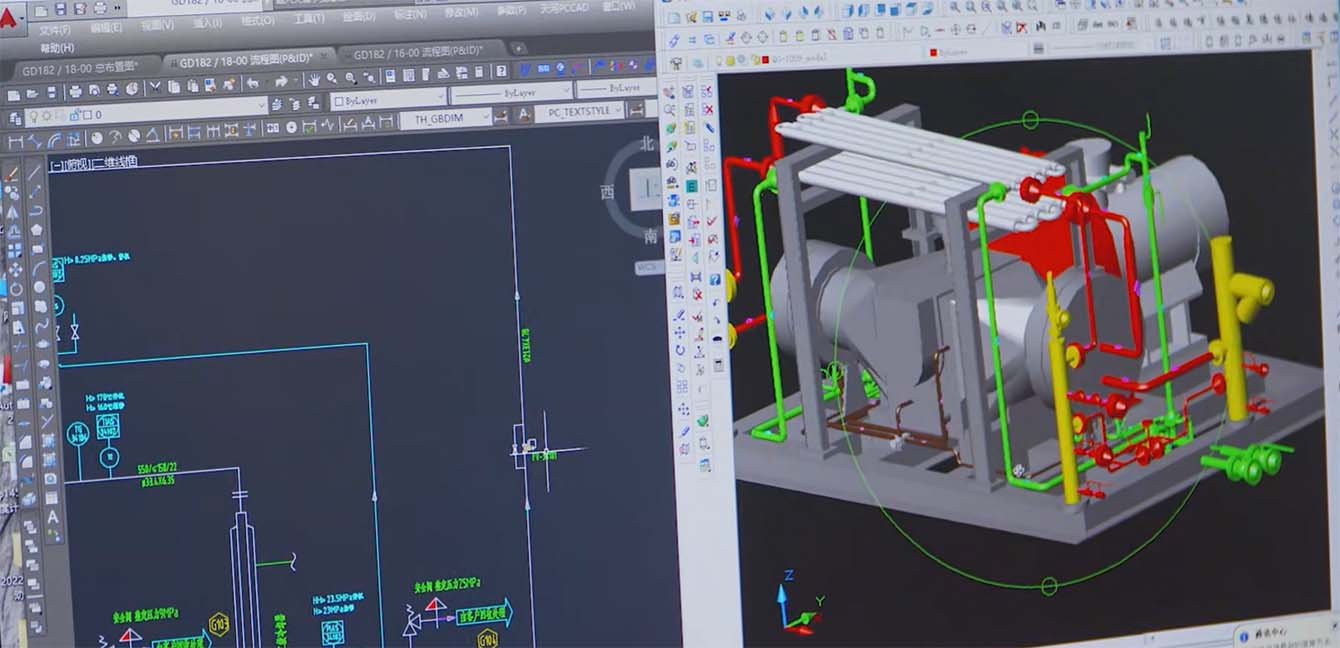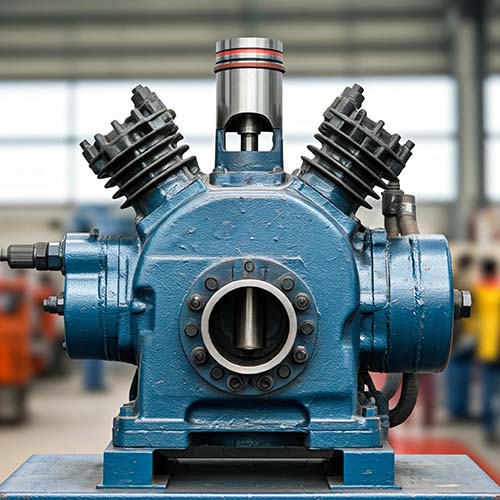In various industrial applications, particularly those involving flammable gases or vapors, dusts, or fibers, the selection of equipment with appropriate explosion-proof ratings is paramount for ensuring operational safety and preventing catastrophic incidents. As a compressor manufacturer, we recognize the critical importance of understanding and adhering to these standards. This article will delve into the classification of explosion-proof ratings, their respective meanings, the potential consequences of neglecting these standards, the scenarios necessitating their implementation, and illustrate this with a relevant example from our experience.

Classification of Explosion-Proof Ratings:
Explosion-proof ratings are internationally standardized systems designed to categorize electrical and mechanical equipment based on their ability to operate safely in hazardous atmospheres. These classifications typically consider the type of hazardous material, the likelihood of its presence, and the ignition temperature. The primary classification systems include:
- ATEX (Atmosphères Explosibles): The European Union’s directive covering equipment and protective systems intended for use in potentially explosive atmospheres. It categorizes equipment based on zones (frequency and duration of explosive atmosphere occurrence) and equipment groups/categories (level of protection required).
- IECEx (IEC System for Certification to Standards Relating to Equipment for use in Explosive Atmospheres): An international system for certifying equipment for use in explosive atmospheres, based on IEC standards.
- North American Standards (NEC/CEC): In North America, the National Electrical Code (NEC) in the US and the Canadian Electrical Code (CEC) define hazardous locations based on Classes (nature of the hazardous substance), Divisions (likelihood of its presence), and Groups (specific type of gas, vapor, or dust).
While the specific nomenclature and zoning may differ across these systems, the underlying principles of risk assessment and equipment suitability remain consistent. For instance, ATEX Zone 0/20 and NEC/CEC Class I, Division 1 represent areas with the highest probability of an explosive atmosphere being present continuously or frequently. Conversely, ATEX Zone 2/22 and NEC/CEC Class I, Division 2 indicate areas where an explosive atmosphere is only likely to occur under abnormal operating conditions.
Equipment is then categorized based on its protection method, such as:
- Ex d (Flameproof/Explosion-proof): Enclosures designed to contain an internal explosion without propagating to the surrounding atmosphere.
- Ex e (Increased Safety): Measures applied to electrical equipment that prevent the occurrence of sparks, arcs, or excessive temperatures in normal operation and under specified fault conditions.
- Ex i (Intrinsic Safety): Circuits designed to be incapable of releasing sufficient electrical or thermal energy to cause ignition of a hazardous atmosphere, even under fault conditions.
- Ex p (Pressurization): Maintaining a protective gas (e.g., clean air or inert gas) within an enclosure at a pressure higher than the surrounding atmosphere to prevent the ingress of flammable substances.
- Dust Ignition Protection (e.g., Ex tb, DIP): Specific measures to prevent the ignition of dust layers or suspended dust.
Consequences of Not Using Explosion-Proof Equipment:
Operating non-explosion-proof equipment in hazardous areas can lead to severe and potentially fatal consequences, including:
- Ignition of Explosive Atmospheres: Normal operation or faults in non-rated equipment can generate sparks, arcs, or high surface temperatures, providing the ignition source for flammable gases, vapors, or dusts.
- Fires and Explosions: The ignition of a hazardous atmosphere can result in devastating fires and explosions, causing significant damage to property, equipment, and infrastructure.
- Personnel Injury and Fatality: Explosions and fires pose a direct threat to the safety of personnel working in or around hazardous areas, potentially leading to severe injuries or fatalities.
- Environmental Damage: Explosions can release harmful substances into the environment, causing pollution and long-term ecological damage.
- Operational Downtime and Financial Losses: Accidents caused by the use of unsuitable equipment can lead to prolonged operational shutdowns, significant repair costs, legal liabilities, and reputational damage.

Scenarios Requiring Explosion-Proof Equipment:
The necessity for explosion-proof equipment is determined by the presence and likelihood of a hazardous atmosphere. Common scenarios include:
- Oil and Gas Refineries and Processing Plants: Handling and processing flammable hydrocarbons necessitates the use of explosion-proof equipment in various zones.
- Chemical Manufacturing Facilities: Production, storage, and handling of flammable chemicals require stringent adherence to explosion-proof standards.
- Paint and Coating Facilities: The presence of flammable solvents and vapors during mixing and application demands appropriately rated equipment.
- Mining Operations: The potential for methane gas and combustible dust necessitates the use of explosion-proof equipment.
- Grain Handling and Storage Facilities: Combustible dust from grains poses a significant explosion risk, requiring specialized explosion-proof equipment.
- Wastewater Treatment Plants: The presence of methane gas generated during anaerobic digestion necessitates careful consideration of explosion-proof requirements.
- Pharmaceutical Manufacturing: Handling flammable solvents during various stages of production requires appropriately rated equipment.
Our Experience: Explosion-Proof Compressor for Butane Recovery:
We recently supplied a specialized compressor unit for a butane recovery application in a petrochemical plant located in an ATEX Zone 1 environment. The client required a compressor capable of safely handling butane vapors, which are highly flammable.
To meet these stringent safety requirements, we designed and manufactured a two-stage reciprocating compressor with the following key explosion-proof features:
- Ex d (Flameproof) Electric Motor: The electric motor driving the compressor was housed in a robust enclosure designed to contain any internal explosion without propagating to the surrounding atmosphere. All electrical connections were made within certified flameproof junction boxes.
- ATEX Certified Pressure Transmitters and Sensors: All instrumentation, including pressure transmitters and temperature sensors in contact with the butane vapor, were ATEX certified for Zone 1 operation, ensuring they would not become an ignition source.
- Non-Sparking Materials for Critical Components: Components within the compressor that could potentially generate friction or impact sparks were manufactured from non-sparking materials.
- Temperature Monitoring and Control: Comprehensive temperature monitoring systems were integrated to prevent any surface from exceeding the auto-ignition temperature of butane.
- Robust Mechanical Design: The compressor was designed with robust seals and construction to minimize the risk of butane leaks.
The successful installation and operation of this explosion-proof compressor have ensured the safe and efficient recovery of butane at the client’s facility, demonstrating our commitment to providing reliable and safety-compliant solutions for hazardous environments.








